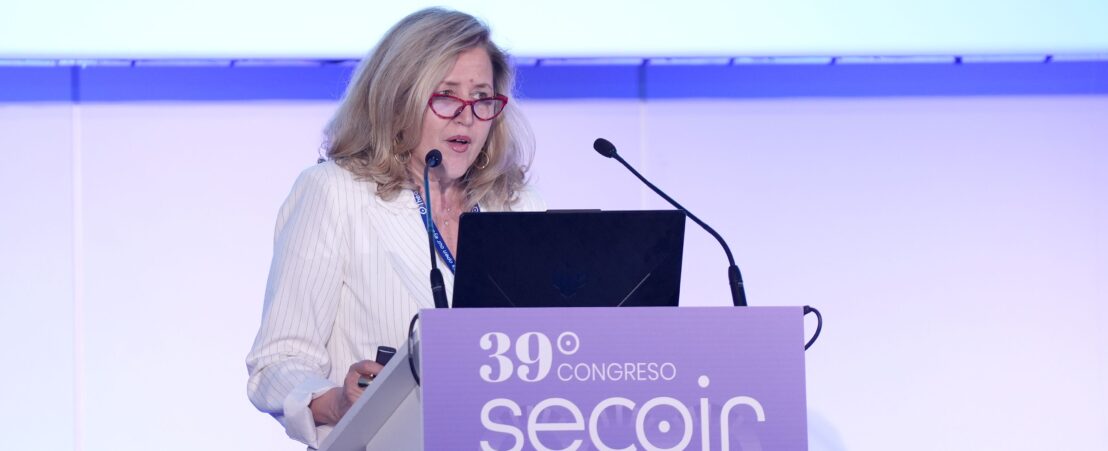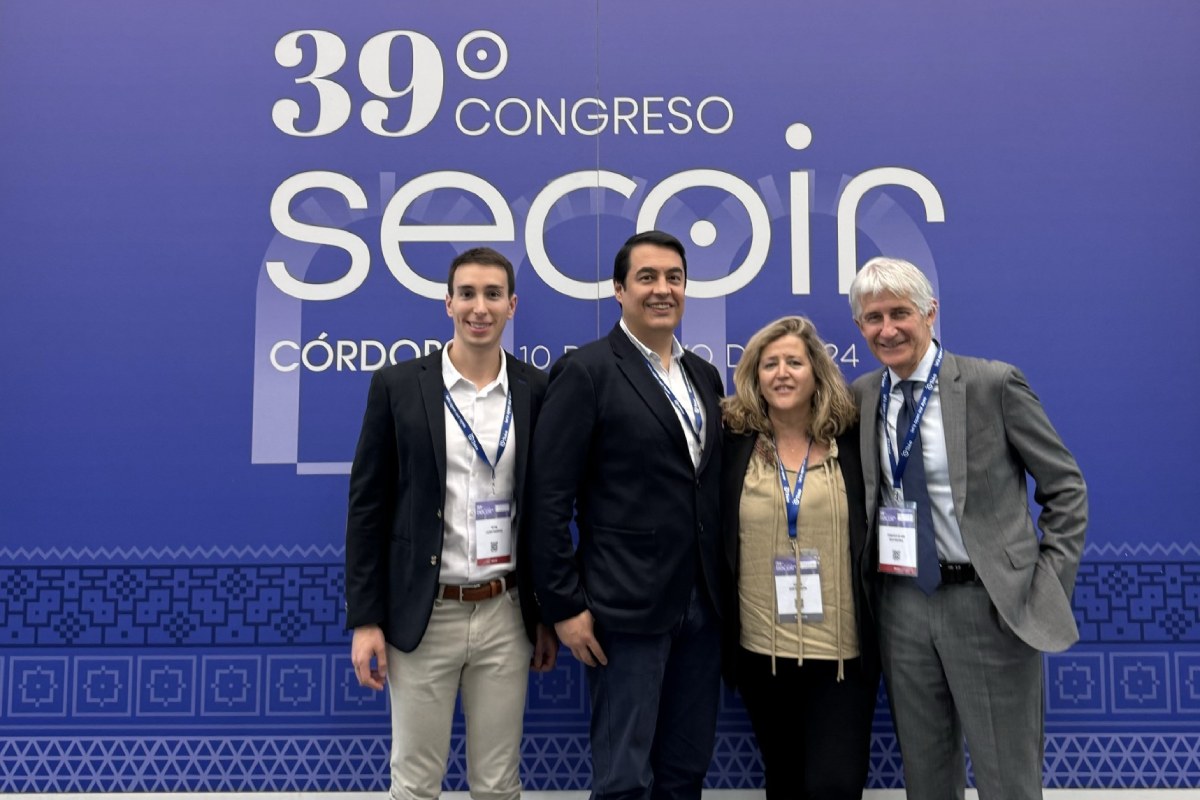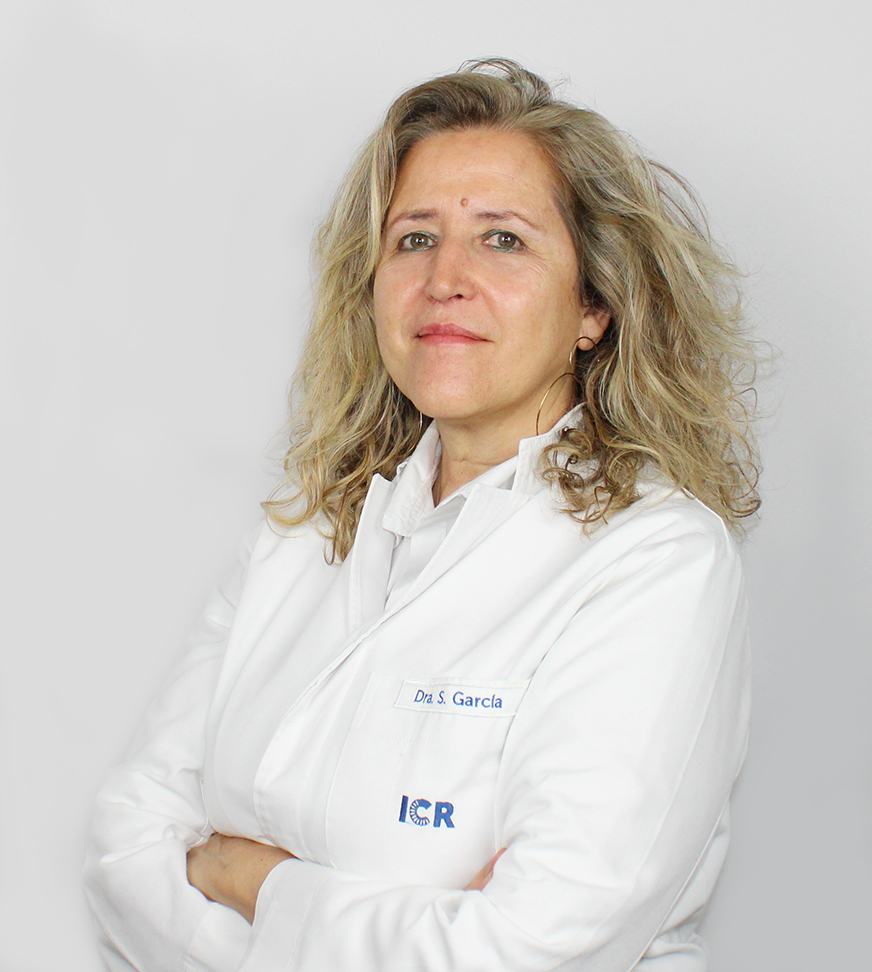
At ICR we have long had a pioneer Myopia Unit, led by Dr. Susana García. From there, we perform myopia control, the main topic in several presentations in Ophthalmology conferences.
Dr. Garcia herself presented some aspects of it at the last edition of the Congress of the Spanish Society of Implanto-Refractive Ocular Surgery (SECOIR), as part of the society’s contact lens cycle. Her lecture was entitled “How to move on to practice in myopia control”, and she focused on this task based on her experience and knowledge.
Myopia’s prevalence has increased in the last yerars, as a consequence of changes in habits such as increased near vision tasks, use of electronic devices and lack of time outdoors.
Myopia is more than a simple refractive error: epidemiological data link myopia to several ocular pathologies, such as glaucoma, cataracts, myopic maculopathy and retinal detachment, among others. The higher the number of diopters, the higher the prevalence of these pathologies.
That is why it is very important to limit or prevent the progress of myopia in specialized units. The goal of these departments is to monitor myopia and keep it below 6 diopters, point from which it is considered high myopia, which could result in severe visual diseases.
Myopia control is primarily conducted in pediatric patients. In these cases, management also requires the involvement of their families, who need to be aware of the risk factors, the potential consequences of myopia progression, and the available treatments.
Thus, myopia control is not limited to the clinic but instead continues in the patient’s day-to-day life. At home, families can monitor for overly close working distances, limit screen time and increase the time spent in outdoor activities.
Myopia control needs to be implemented before it fully develops. When, during an ophthalmological visit, a child shows a refractive error that does not align with their age, we consider this a case of pre-myopia. At that point, biometric controls and semi-annual ophthalmological check-ups are required.
If the refractive error progresses, treatments must be applied. Initially, Atropine eye drops are administered, provided there are no contraindications. If these do not halt the progression of myopia, they will be combined with contact lenses specifically designed to slow it down.
Myopia control requires follow-up sessions, which at ICR are always conducted by highly specialized professionals in refraction and contactology. This way, we accompany patients throughout the entire process to slow down or stop the progression of myopia.

SECOIR‘s 39th Conference was held from the 8th until the 10th of May in Córdoba, Spain, and had the participation of other medical professionals from ICR.
Dr. Francesc Duch, Head of the Refractive Surgery Department, presented the communication “EVO ICL y resultados en bajas miopías” (EVO ICL and results in low myopia).
On the other hand, Dr. Javier Reyes presented “Subluxación del cristalino y femtoLASIK. Tratamiento de ametropía en una situación excepcional” (Crystalline lens subluxation and femtoLASIK. Treatment of ametropia in an exceptional situation).
Finally, Dr. Víctor Lázaro was invited as speaker for the simposium “Retos en la cirugía faco-refractiva” (Challenges in facto-refractive surgery).

Contact us or request an appointment with our medical team.